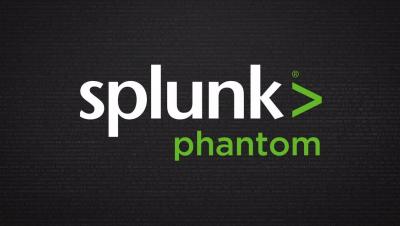How to Achieve CIA Triad?
Information security policy is a set of policies put forward by high ranking members of an organization to assure that all information technology users within the domain of that organization is its networks adhere to the same rules and guidelines related to the security of information that is transferred or stored at any point within the organization’s boundaries of authority.




